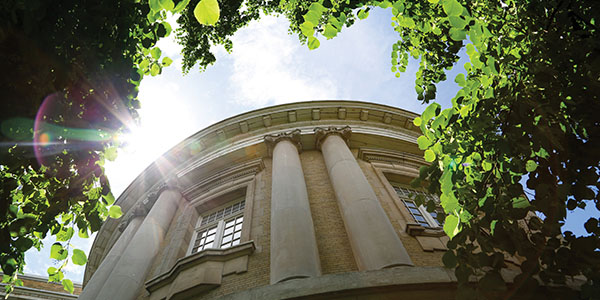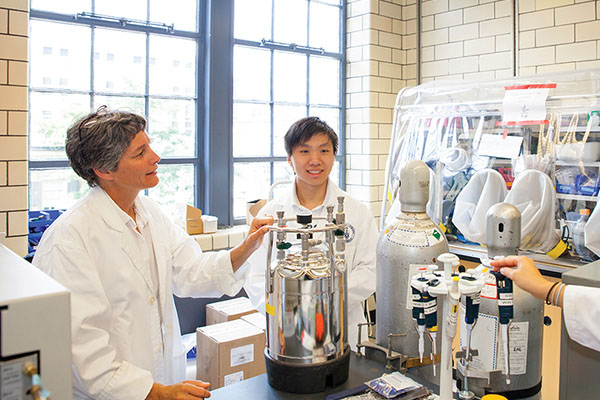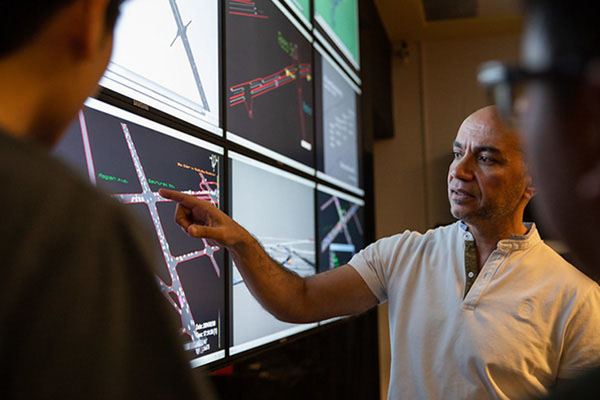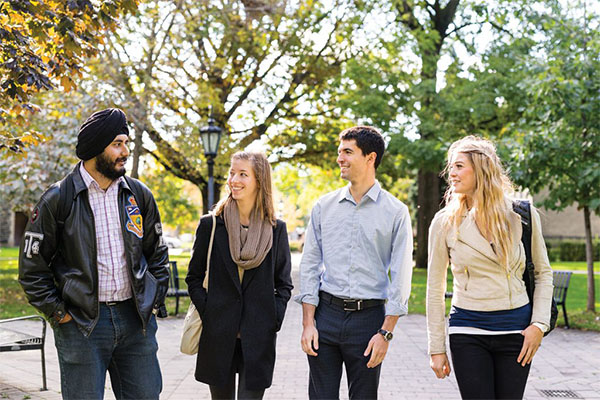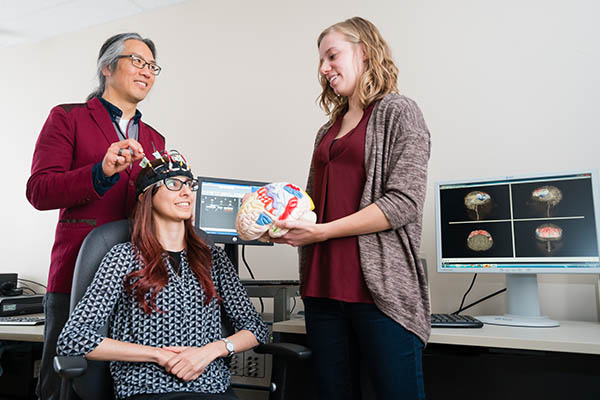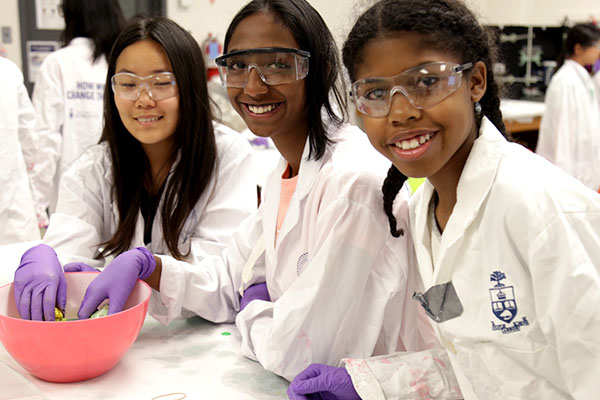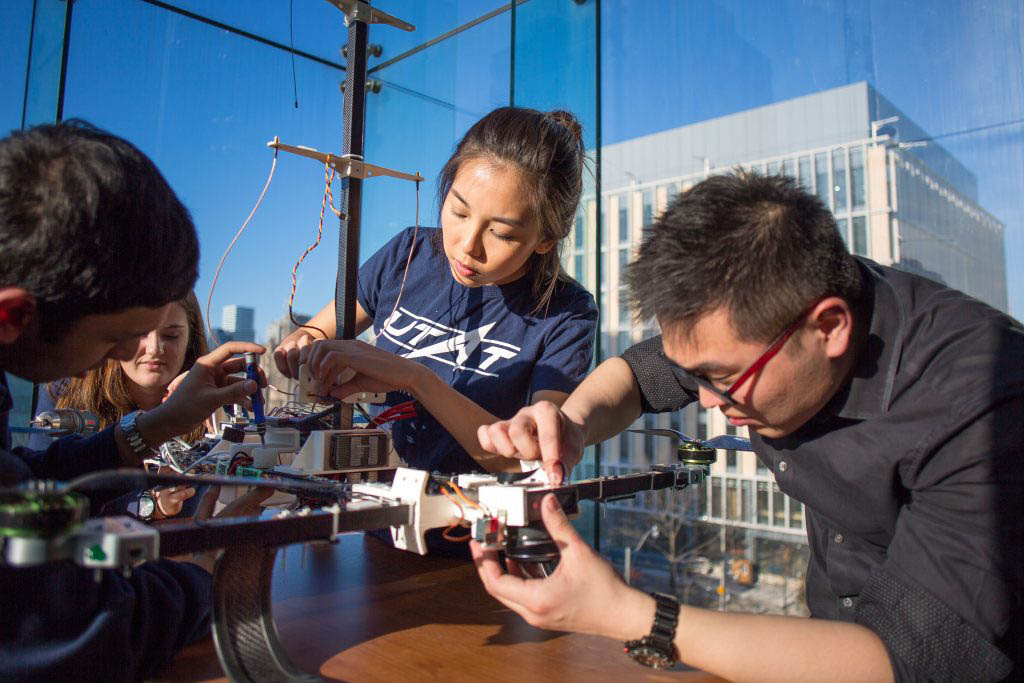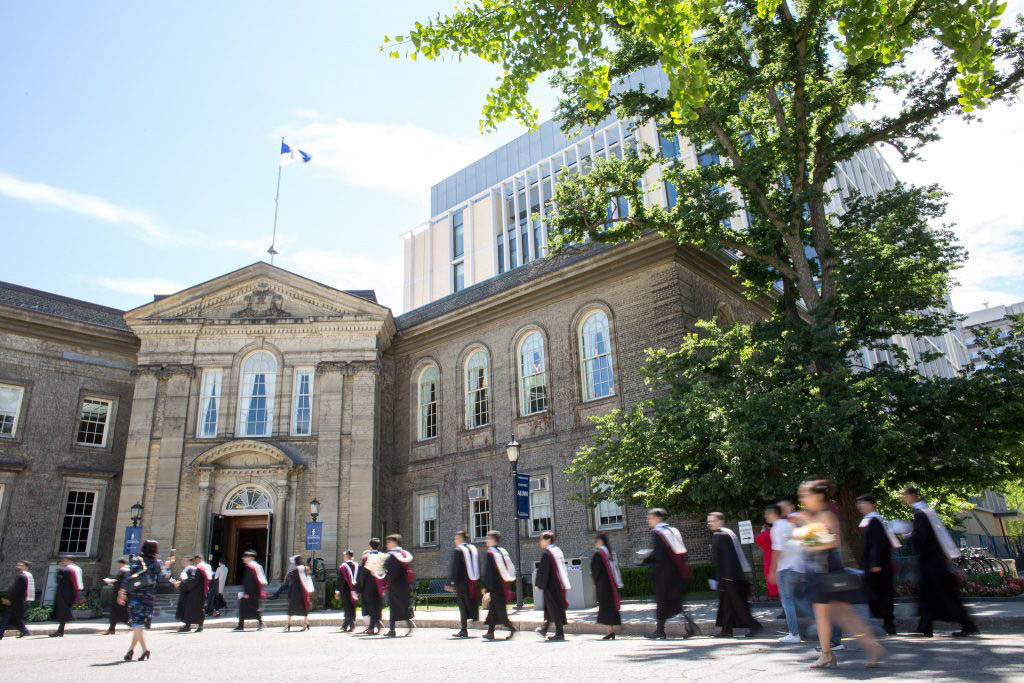The Department of Civil & Mineral Engineering
Distinguished Lecture Series
Presents
Indoor Aerosol Science Aspects of SARS-CoV-2 Transmission
William W Nazaroff
Daniel Tellep Distinguished Professor Emeritus
Department of Civil and Environmental Engineering
University of California, Berkeley
Thursday, October 14, 2021 at 3 p.m. ET (noon PT)
REGISTER HERE
(a Zoom link will be sent via email the morning of the event)

Abstract
The state of knowledge about person-to-person transmission of SARS-CoV-2 is reviewed, emphasizing three components: emission of virus-containing particles and drops from infectious persons; transport and fate of such emissions indoors; and inhalation of viral particles by susceptible persons.
Emissions are usefully clustered into three groups: small particles (diameter 0.1-5 µm), large particles (5-100 µm), and ballistic drops (> 100 µm).
Speaking generates particles and drops across the size spectrum. Room-scale exposures have contributions from small and large particles. Small particles can be removed from air at room scale by ventilation and filtration. Large particles mainly deposit onto indoor surfaces.
Proximate exposure enhancements are mainly associated with large particles with possible contributions from ballistic drops. Masking and social distancing can be effective to mitigate transmission from proximate exposures. Important information gaps prevent a quantitative reconciliation of the high overall global spread of Covid-19 with known transmission pathways.
Available information supports several findings with moderate to high confidence: transmission occurs predominantly indoors; inhalation of airborne particles (up to 100 µm in diameter) contributes to viral spread; transmission occurs at room scale and in near proximity; speaking is a major source of airborne SARS-CoV-2 virus; and emissions occur without strong illness symptoms.
Biography
William Nazaroff, PhD, is the Daniel Tellep Distinguished Professor Emeritus of Engineering in the Department of Civil and Environmental Engineering at the University of California, Berkeley.
Dr. Nazaroff’s research focused on the physics and chemistry of air pollutants in proximity to people, especially in indoor environments. His research advanced the domain of exposure science, stressing the development and application of methods to better understand mechanistically the relationships between emission sources and human exposure to pollutants.
Prior to his retirement, he served as Editor-in-Chief of Indoor Air; he was president of the Academy of Fellows in the International Society of Indoor Air Quality and Climate; and also served as president of the American Association for Aerosol Research. Dr. Nazaroff earned degrees in physics (UC Berkeley), electrical engineering and computer science (UC Berkeley), and environmental engineering science (California Institute of Technology)



